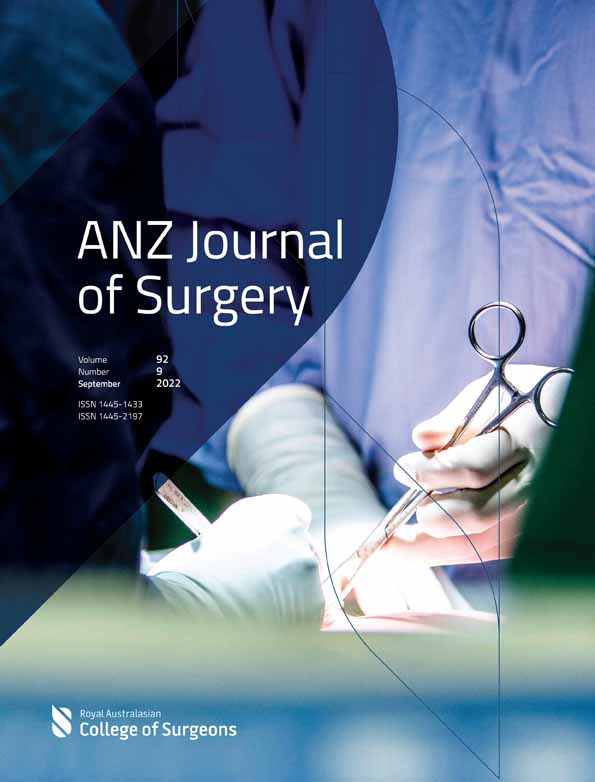Gastrectomy mortality in Australia
Abstract
Background
Despite advances in medical management and endoscopic therapy, gastrectomy remains an important yet high-risk procedure for a range of benign and malignant upper gastrointestinal pathologies. No study has previously analysed Australian gastrectomy perioperative mortality rate (POMR). This retrospective, population-based cohort study was conducted to determine the Australian national gastrectomy POMR, allowing state-based and regional trends and outcomes to be assessed.
Methods
Logistic regression models were compared using de-identified procedural data between 1 July 2005 and 30 June 2017 from the Australian Institute of Health and Welfare. Codes relating to total and subtotal gastrectomy contained in the Australian Classification of Health Interventions were used to extract patient data. Mortality rates were risk adjusted for age and gender. Temporal trends and differences between states/territories and regions were investigated.
Results
The national average POMR throughout the study period was 2.1%. For subtotal gastrectomy, the national mean POMR was 1.1%, decreasing from 2.7% (2005) to 1.3% (2017). For total gastrectomy, the national mean POMR was 2.8%, decreasing from 3.3% (2005) to 1.7% (2017). POMR significantly reduced over time without variation between states or regions. Procedure volume steadily reduced in rural centres with a concomitant increase in metropolitan centres over time.
Conclusion
Pleasingly, the Australian gastrectomy POMR is favourable when compared to international cohorts. Improved outcomes were consistent between states and territories, and metropolitan and regional centres. Progressive metropolitan centralization of gastrectomy was demonstrated without evidence of improved outcomes.
Conflict of interest
None declared.




